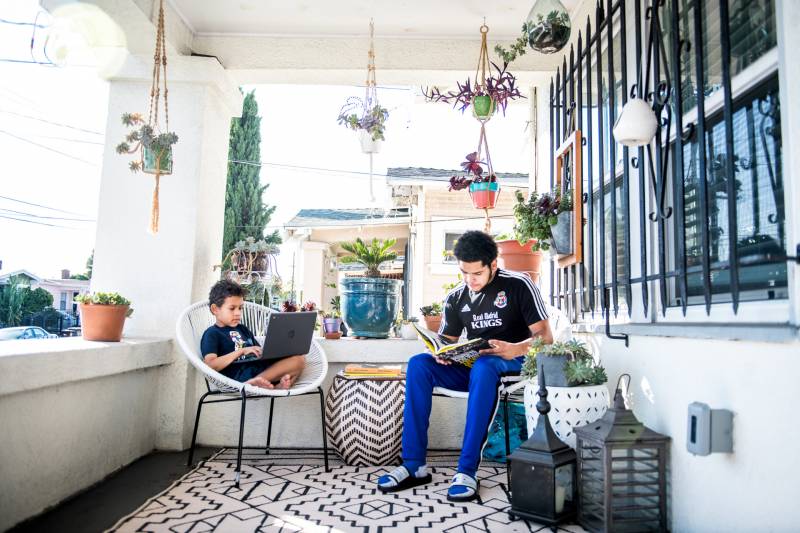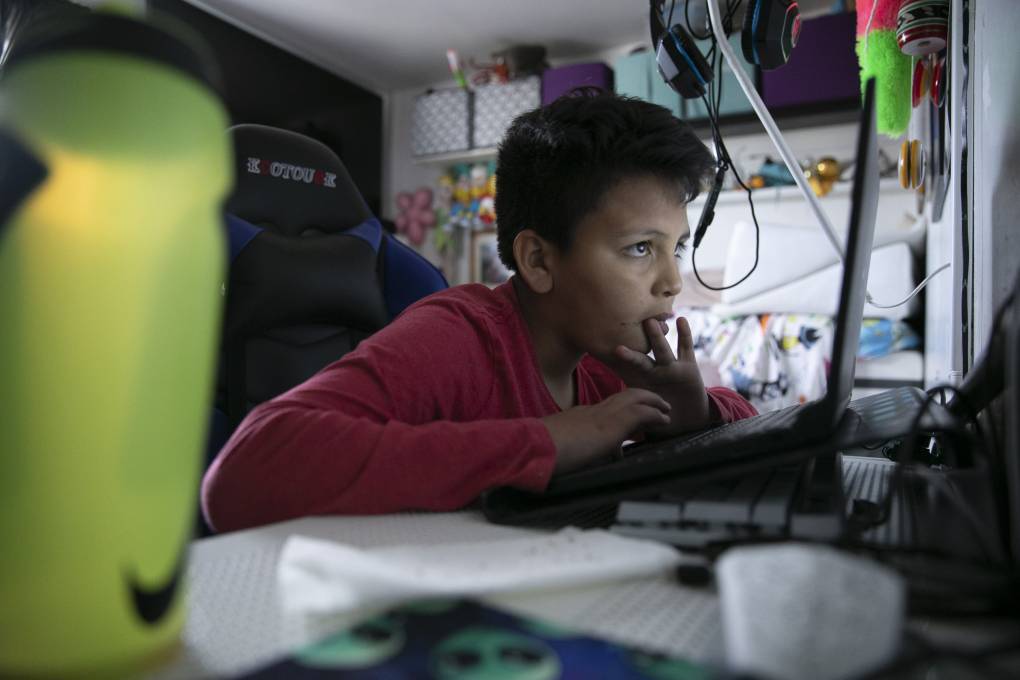The only exception would be if the program places an "unreasonable fiscal burden" on the district, and if the agency can't reach a deal to transfer the student to another district offering independent study.
A statement from the California Association of Suburban School Districts says the group "appreciates the compromise language in AB/SB 130 on independent study that provides an option for independent study in instances in which parents or guardians determine that in-person instruction would put a student’s health at risk."
Lawmakers are envisioning an independent study program that goes beyond the historic practice of having students pick up a study packet every few weeks.
Credentialed teachers will have to document live daily interaction with their students and kids in grades K-3 must get at least one hour a day of live instruction. Curriculum, instructional minutes and teacher-to-student ratios will have to align with what's offered to in-person students, and students will be provided with a connected device.
Importantly, Ting said, the bills provide parents with transparency about the independent study program, and a clear path to return their children to the classroom, if desired.
"What we really were focused on is making sure that students that were going into independent study, say for the semester, really understood what they were getting into," he said. "We ask that they have a parent-teacher conference with the administration, so parents are given the pros and cons of what you're really getting out of independent study."
Under the agreement, districts must set benchmarks for a student's progress. Late or unsatisfactory work would lead to "an evaluation of whether or not the pupil should be allowed to continue in course-based independent study."
And if a family wishes to return their child to the classroom from independent study, districts will have make the transition happen within five school days.



